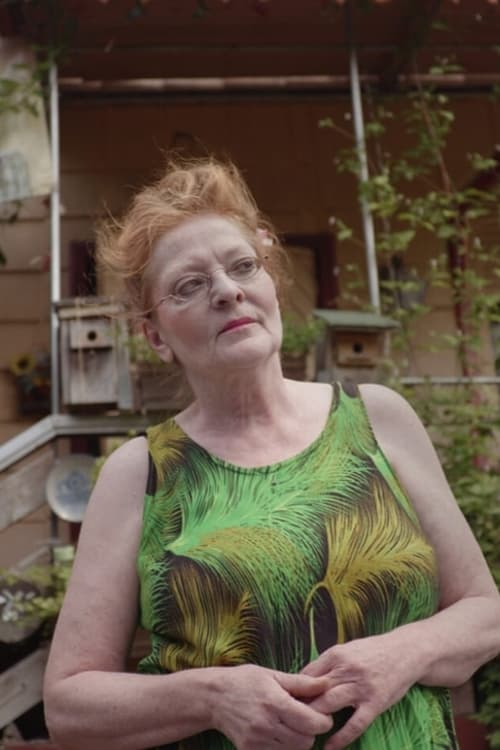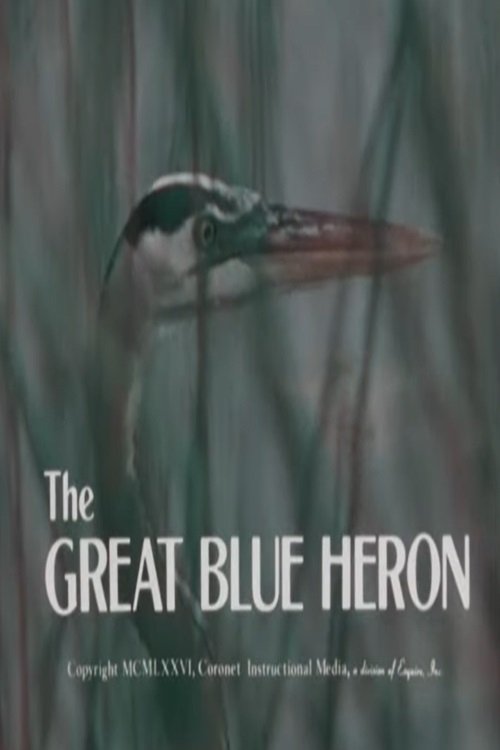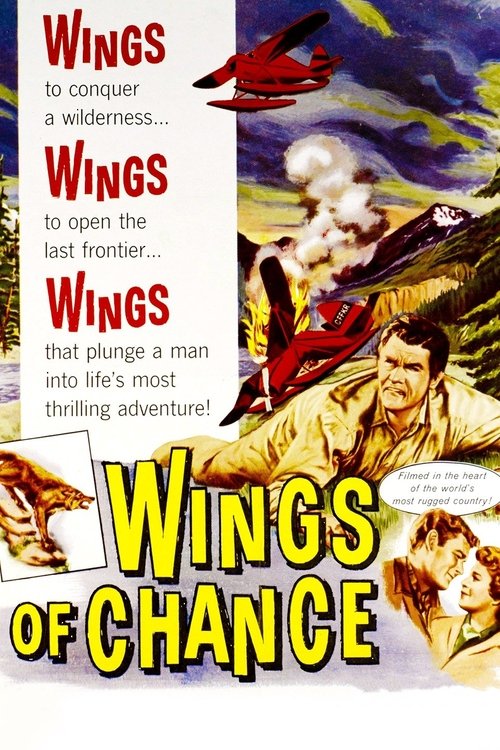Modern Goose (2023)
By inviting viewers to take a closer look at the birds that serve as one of this country’s hardiest symbols, Karsten Wall’s stunning documentary invites a deeper consideration of the conditions we humans have created for them.
Directors
Release Date
Sep 19, 2023
Runtime
00h 23m
Actors
N/D
Genre
Available in streaming on
By inviting viewers to take a closer look at the birds that serve as one of this country’s hardiest symbols, Karsten Wall’s stunning documentary invites a deeper consideration of the conditions we humans have created for them.
Movies like Modern Goose
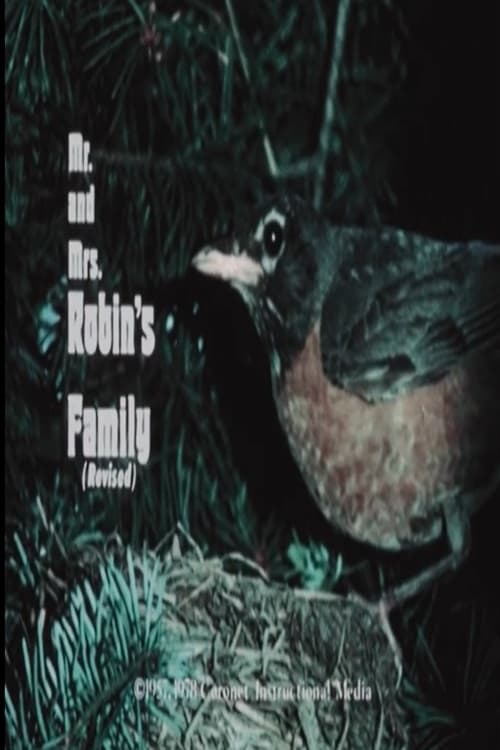


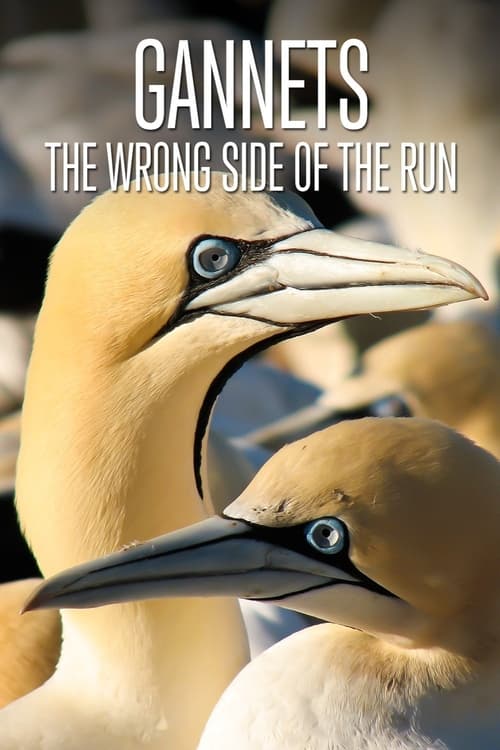
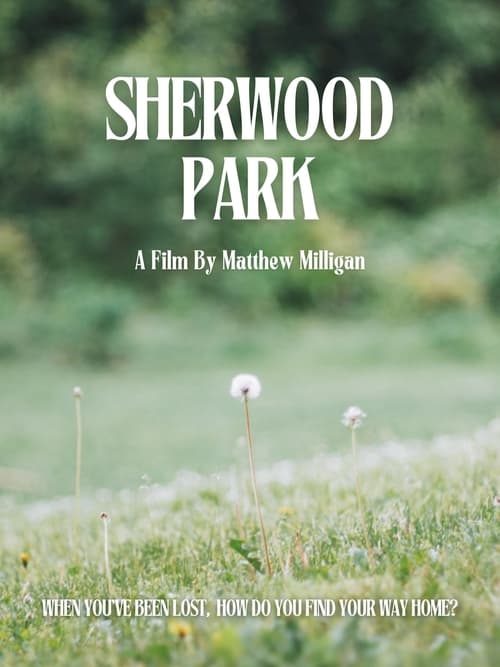
8.0
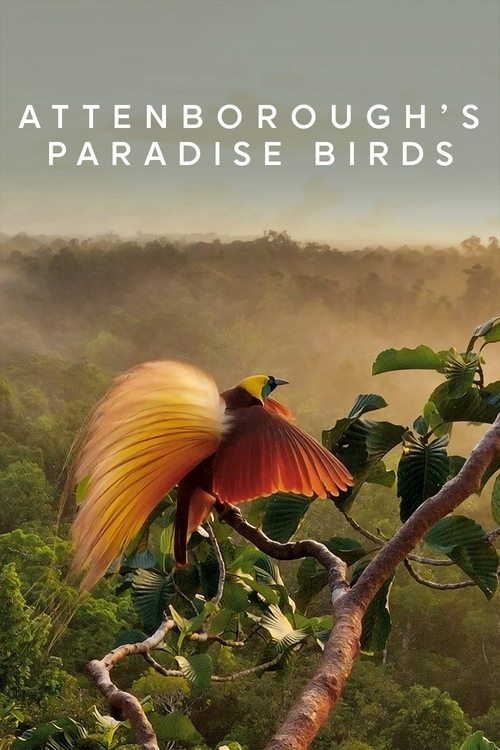

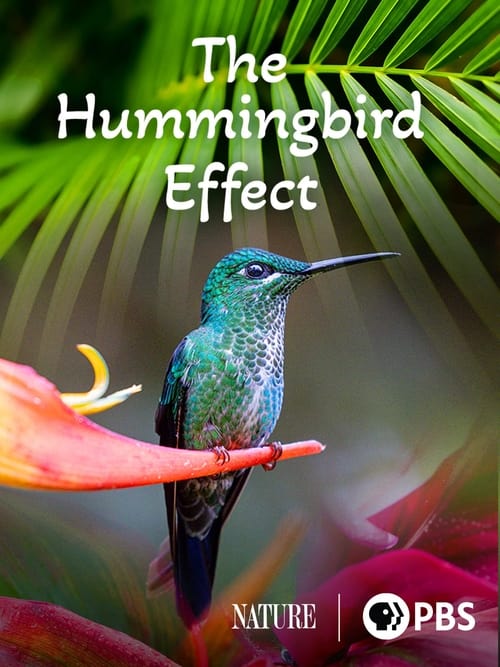
6.8
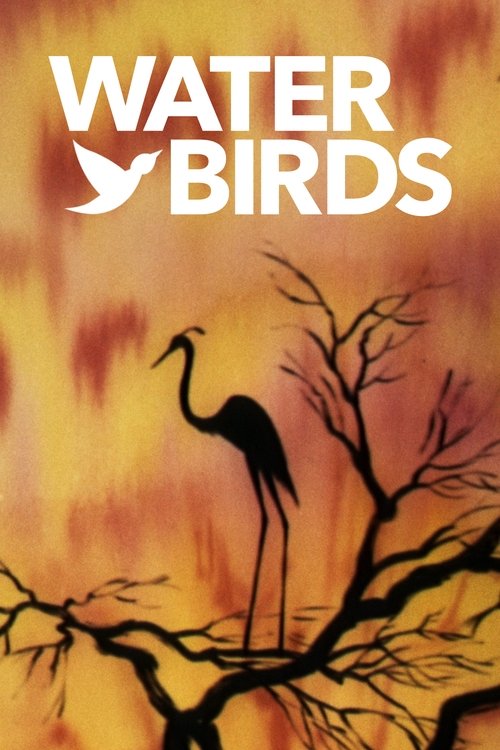
9.0
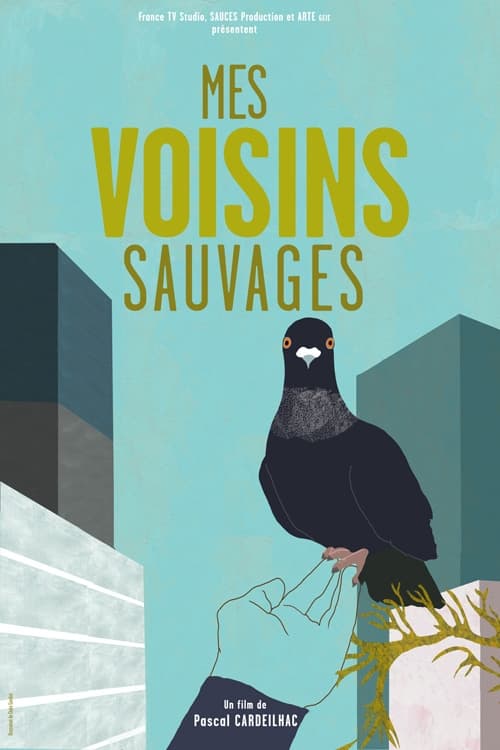
7.2


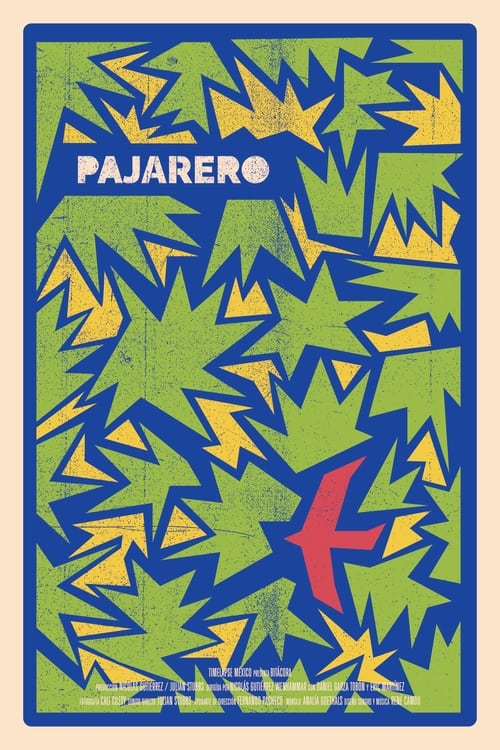

7.2

8.0

7.8
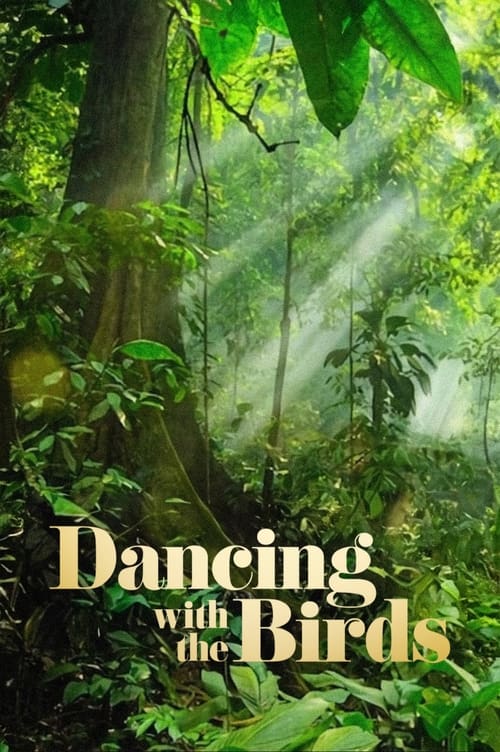
7.4
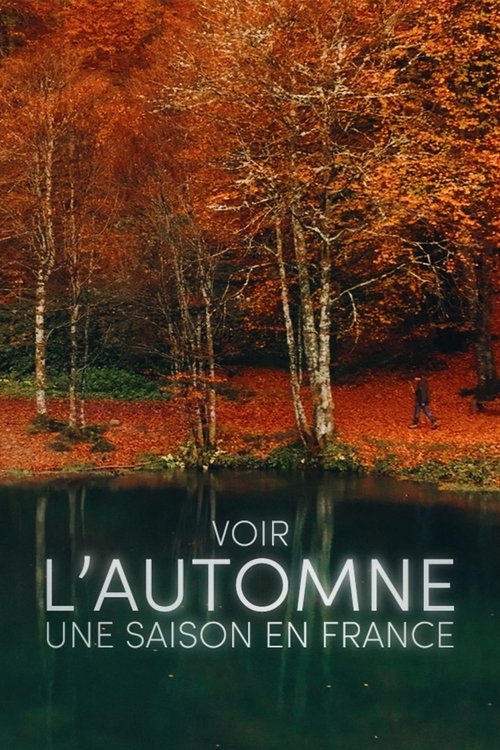

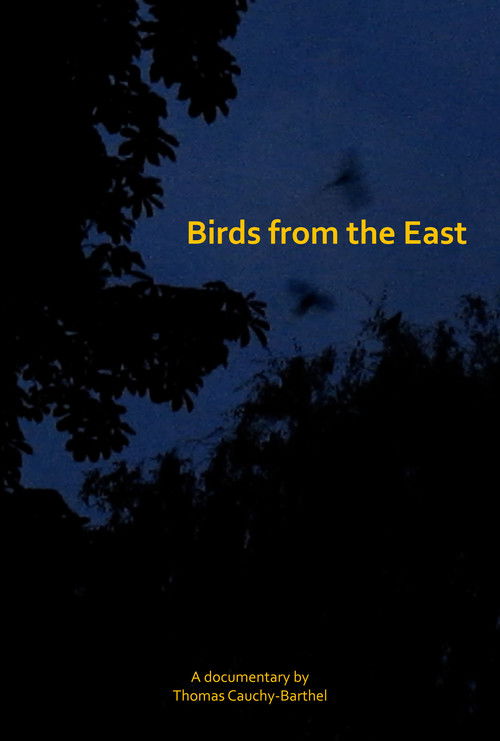
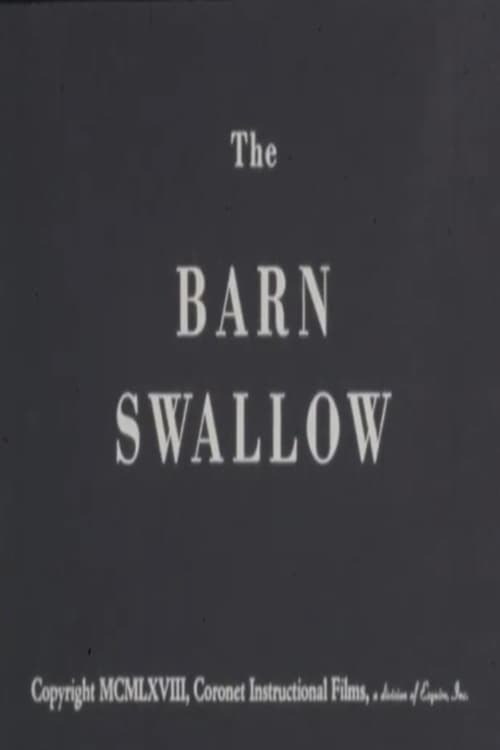
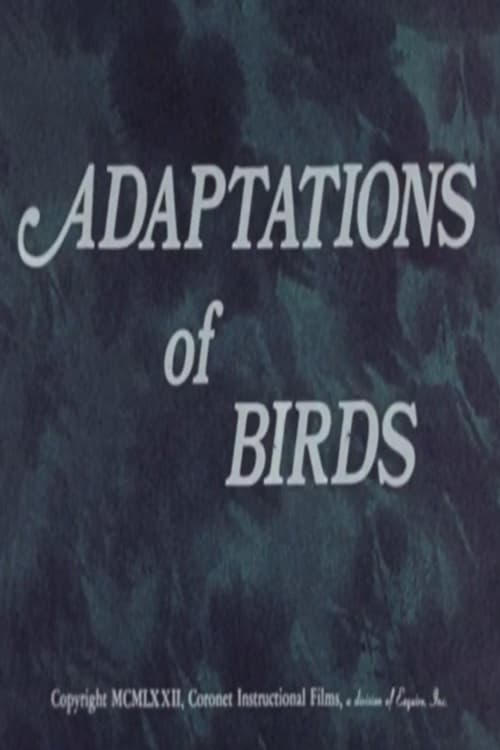
8.0
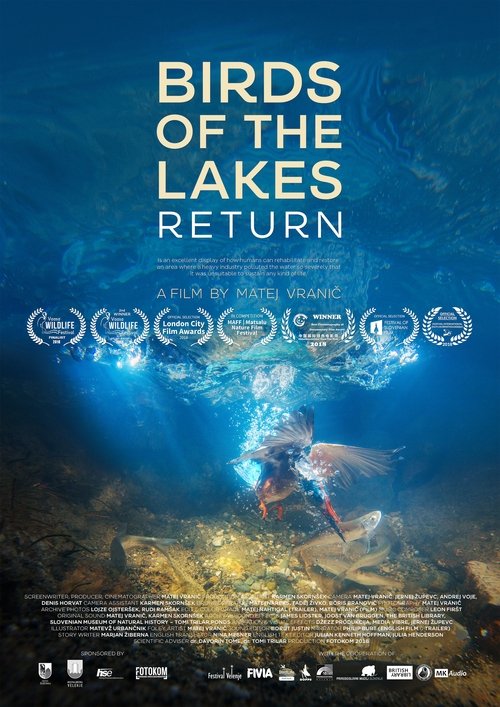
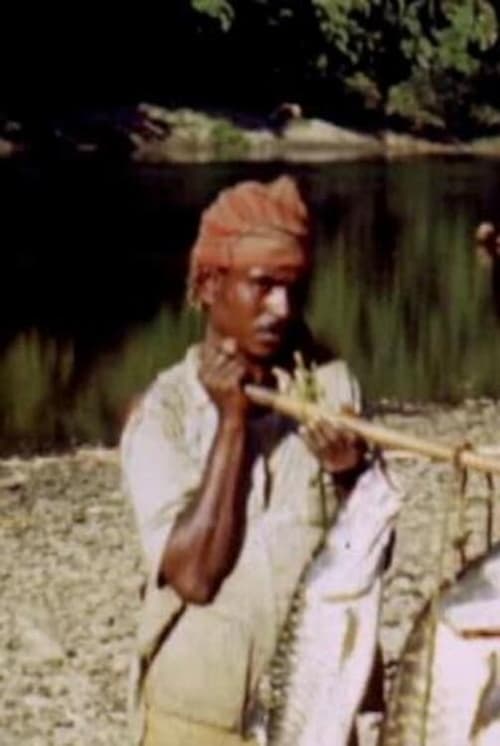
7.0
